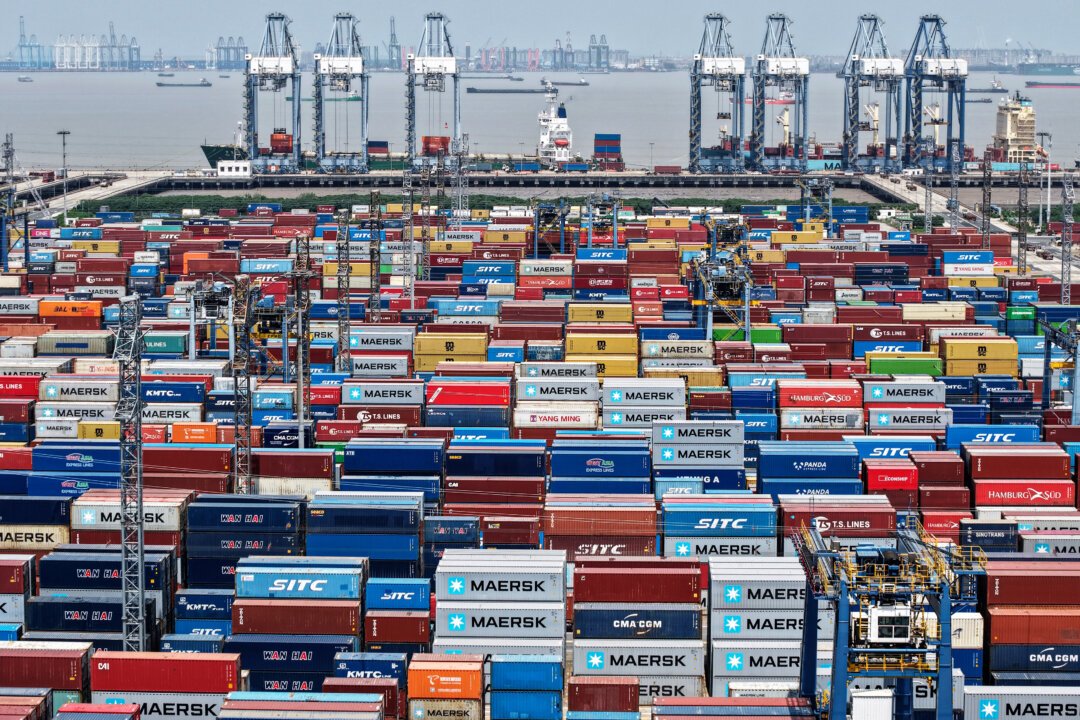
The US trade deficit in goods experienced a slight uptick in May, climbing to a seasonally adjusted $96.6 billion. This represents an 11.1 percent increase, or $9.6 billion, compared to April’s significant drop. While this May figure is only marginally different from the same period last year, it surpasses economists’ consensus forecast of $88.6 billion.
The increase was largely anticipated, following a surge in imports before the implementation of new US tariffs on April 2nd. Interestingly, overall goods imports remained relatively stable from April to May, holding steady at approximately $276 billion.
However, a closer examination reveals a mixed picture. The automotive sector drove the increase, with imports jumping a significant 11.7 percent. This contrasts sharply with declines in other areas: imports of foreign consumer goods fell by 6.2 percent, and capital goods imports dipped by 2.1 percent. This suggests a complex interplay of factors influencing the overall trade deficit.
The data, released by the Census Bureau, provides valuable insights into the current state of US trade. Further analysis will be needed to fully understand the long-term implications of these trends.

